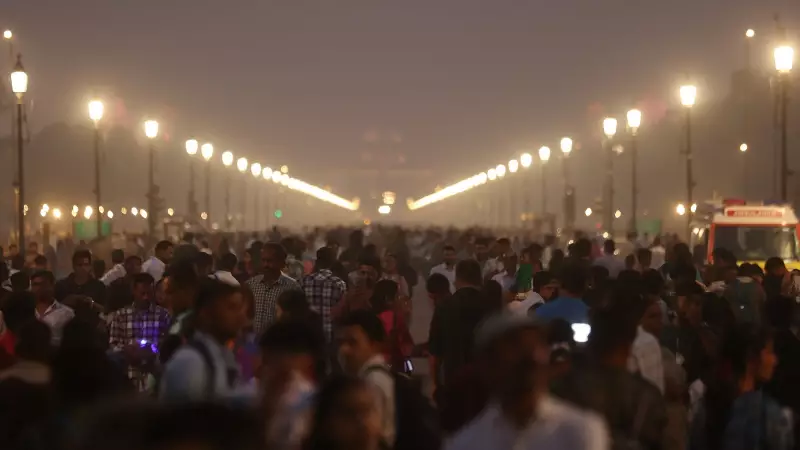
In a disappointing turn of events for Delhi's pollution woes, the much-anticipated cloud seeding trial has been shelved—at least for now. The Delhi government's ambitious plan to create artificial rainfall through cloud seeding has hit a major roadblock: the atmosphere simply isn't cooperating.
The critical missing ingredient? Sufficient moisture in the air. Without adequate atmospheric moisture, cloud seeding—a weather modification technique that involves introducing substances into clouds to encourage precipitation—becomes virtually impossible to execute successfully.
Why Cloud Seeding Matters for Delhi
As Delhi's air quality continues to swing between 'poor' and 'severe' categories, authorities have been exploring innovative solutions to provide immediate relief to the city's choking residents. Cloud seeding emerged as a promising emergency measure that could potentially wash away pollutants through artificially induced rainfall.
The technique has been successfully deployed in other parts of the world, including China and the United Arab Emirates, to address similar environmental challenges. However, Delhi's current weather conditions have proven less than ideal for this scientific intervention.
The Technical Challenge
Cloud seeding requires specific atmospheric conditions to work effectively. The process involves dispersing substances like silver iodide or salt particles into clouds, which act as nuclei around which water droplets can form and grow heavy enough to fall as rain.
Experts involved in the project confirmed that the required moisture threshold simply wasn't met, making the trial impractical at this time. This highlights the limitations of technological solutions when nature doesn't provide the necessary raw materials.
What This Means for Delhi's Pollution Battle
The postponement leaves Delhi relying on existing pollution control measures while residents continue to breathe hazardous air. The situation underscores the complex challenge of managing urban air quality in one of the world's most polluted cities.
While the government remains committed to exploring all possible solutions, including revisiting cloud seeding when conditions improve, the immediate future looks uncertain for Delhi's air quality management strategy.
Environmental experts suggest that while technological interventions like cloud seeding can provide temporary relief, long-term solutions require addressing pollution at its source through sustainable policies and public cooperation.





